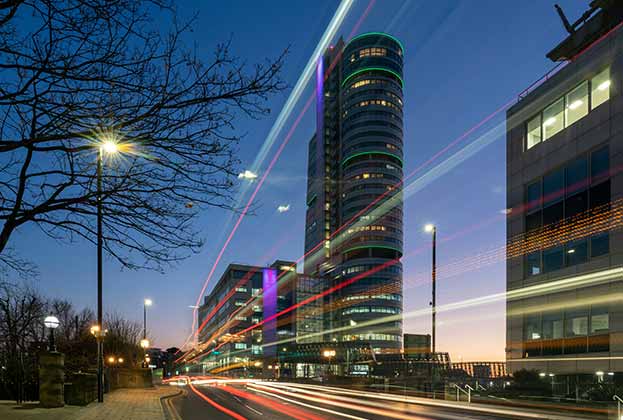Retailers commonly use smells as a selling aid. Most notably supermarkets to encourage hungry customers to buy: if they’re not hungry, make them so. This is a technique that has been proven to work with research finding that when the smell of baking bread was released in a supermarket, the sales of baked goods increased three-fold.
Smell as a tool in the office environment remains a fairly unexplored concept, although there has been research from a variety of sources that demonstrate its potential and importance.
Savills latest What Workers Want (WWW) survey found that the majority of UK workers surveyed consider smell to be in important factor in their office, with 77 per cent of respondents rating the smell of their office as important, up from 73 per cent when we last ran WWW in 2016. However, only 55 per cent of respondents reported being satisfied with the smell of their current office.
Office design and fit-out has traditionally considered smell only in the context of the adequate ventilation of kitchen and workspace areas to remove odours caused by the cooking and consumption of food, but there’s evidence that the strategic diffusion of pleasant smells may offer more benefit to a company than just satisfying the olfactory sensory neurons of staff.
Scents can be used to enhance the well-being and productivity of staff. Researchers at Northumbria University found that pupils working in a room smelling of rosemary tested 5 to 7 per cent better on memory tests. They also discovered that students tested in a coffee-scented environment performed better on analytical reasoning and cinnamon improved participant’s performance on tasks that required heightened attention.
While it would be counterproductive, unrealistic and potentially allergy-inducing to blast a cocktail of scents into an office expecting to create a superhuman workforce, companies could tailor particular smells to match the needs and actions of individual departments or the whole business to increase well-being and aid productivity.
The use of a pleasant and unique smell in the office reception or lobby area also has the power to create a memorable first impression to clients and other visitors while giving the space a luxury feel and presence. According to Air Aroma, a leading scent marketing company, people can remember a scent with 65 per cent accuracy after one year, while visual memory sinks to 50 per cent accuracy after a few months.
Air Aroma also suggest the use of scenting to create zones within a workspace. Relaxation can be enhanced by using scents that give the illusion of being outside the office. For example, using a café scent in a breakout area can help take employees out of ‘work mode’ during breaks and informal meetings.
Alternatively, revitalising scents such as citrus and peppermint can be used to counteract the slump employees may experience after lunch or towards the end of the work day to aid productivity.
There’s significant evidence of the benefits of correctly managing the smell of an office as well as clear demand from office workers. This final element of office fit out has long been overlooked but it’s likely to soon become common practice.
Further information
Read more: What Workers Want
.jpg)
-impact-the-office-sector(1).jpg)

.jpg)






